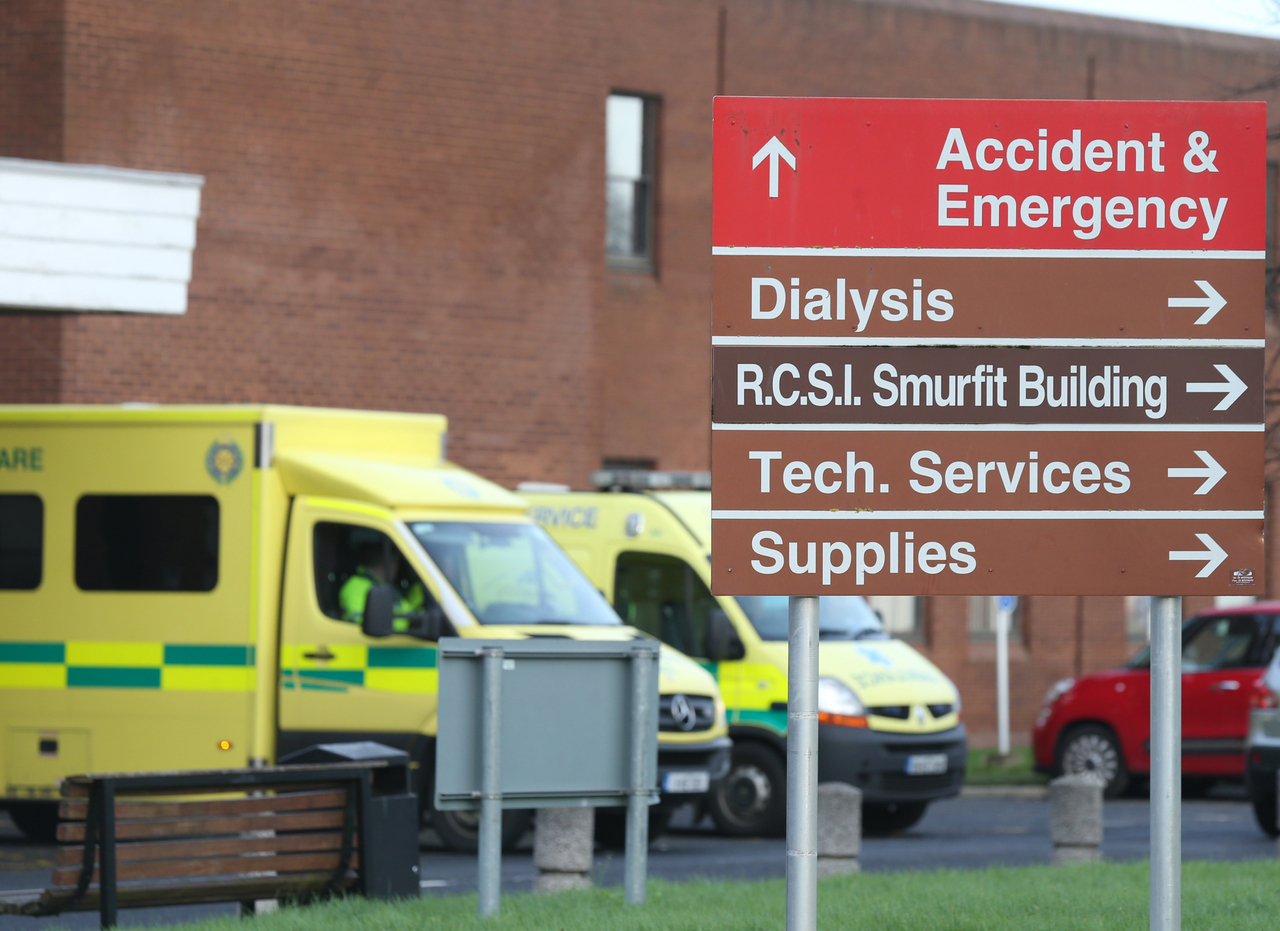
Beaumont Hospital apologises to family of woman who died after litany of errors
Kathleen Conroy died in 2014 from a cardiac arrest after she attended for surgery.
by Garreth MacNameeBEAUMONT HOSPITAL HAS apologised to the family of a woman who died after what was described as a litany of errors at the facility.
Kathleen Conroy died in 2014 from a cardiac arrest after she attended for surgery. She had been sent home from hospital on two separate occasions despite presenting with symptoms of deep vein thrombosis (DVT). She was admitted on the third occasion.
There was a power failure during her operation which affected the functionality of monitoring equipment. Ms Conroy’s legal representation said that this caused a significant disturbance to her procedure.
Beaumont Hospital today issued an apology on behalf of its chief executive Ian Carter.
It read: “I wish to apologise for the deficiencies in care that led to the untimely death of your mother Mrs Kathleen Conroy.
“I wish to further apologise for the distress experienced by your family as a result of the loss of your mother and the miscommunications that occurred at this difficult time for your family.
“I wish to extend my deepest condolences on behalf of the staff of Beaumont Hospital to each of you.”
On 14 November 2019, Beaumont Hospital not only admitted liability to the family of Kathleen Conroy but apologised for the tragic events that led to her death.
A statement from Malcomson Law, which represented the Conroy family, read: “The late Kathleen Conroy presented at the Emergency Department of Beaumont Hospital with a classic history of short distance DVT of relatively recent onset and persistent pain in her right leg.
“For some unknown reason, Beaumont Hospital Emergency Department personnel excluded a deep vein thrombosis, given the strong family history but acute arterial thrombosis was not excluded. Accordingly, if Kathleen Conroy had been admitted on either of her two presentations to the Emergency Department and commenced on intravenous heparin it is probable that extensive thrombosis within the aorta would not have developed.
“The failure to consider a CT or MRI scan based upon the symptoms at date of presentation and the clinical indicators that existed on 24th March 2014 resulted in a missed opportunity to save her life.”